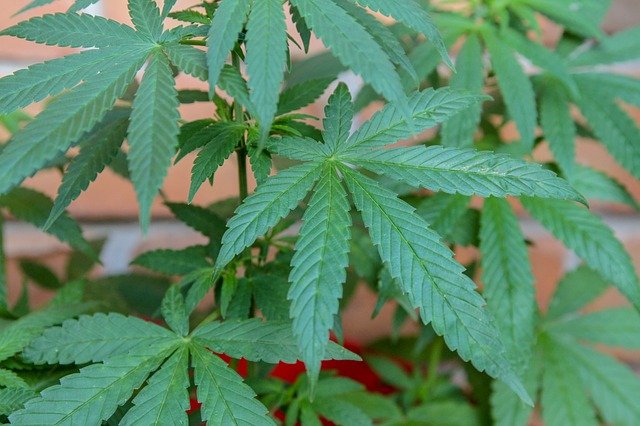Why medical marijuana is becoming more accepted
Image by Jacqueline Wales from Pixabay
The use of marijuana as a medical means to treat various conditions is neither revolutionary nor new. It was first mentioned in a medical article 177 years ago, which cited the pain-relieving effects it had on people suffering from conditions such as joint pain, cholera, seizures, and tetanus, among others. It was made illegal to sell and use in the United States and the United Kingdom around the 1930s.
In America, it was labeled an illegal substance after politicians saw how San Francisco had banned opium in order to control Chinese immigrants. In the UK it was banned in an effort to control the laboring class which consisted of people of color. It was only until the 1990’s when medical marijuana laws were passed by D.C. and five other states. Now in 2020, medical marijuana is legal in 33 U.S. states after much research has discovered the medicinal properties and pain-relieving benefits the herb provides.
Technological advances have also allowed for different methods of consuming medicinal marijuana it only takes one look at some of the online retailers of cannabis accessories to see the industry has come a long way. The medical community is now using marijuana in different shapes and forms to treat conditions both mental and physical, which has provided relief to many people who have found that traditional methods have not worked for them.
Treatment of mental and physical conditions
The scientific research into the medicinal effects of marijuana has been slow-going since it is still considered a Schedule 1 drug by the DEA (Drug Enforcement Agency), and requires a special license to study it. What is known is that marijuana has effects on the limbic system. This is the set of structures within the brain that is responsible for dealing with memory and emotions.
Evidence from studies shows that it has some positive results in treating neurological and mental disorders such as Tourette syndrome, Parkinson’s disease, epilepsy, anxiety, post-traumatic stress disorder, and multiple sclerosis as seen in the work of Black et al.,. Research into the treatment of physical conditions has yielded more concrete results. Marijuana has been used to treat conditions such as migraines, fibromyalgia, arthritis, and endometriosis. This is because the pain perception pathways in the brain are altered by the cannabinoids in marijuana. Other uses of the herb are for helping those who suffer from eating conditions such as anorexia to gain weight and those who suffer from diabetes to lower blood pressure, improve blood circulation and stabilize blood sugar levels.
CBD (Cannabidiol)
CBD or cannabidiol is one of the known 113 cannabinoids in cannabis plants and is extracted from the plant to be used as an oil. CBD doesn’t contain any psychoactive properties, which would be THC (Tetrahydrocannabinol). This means that it won’t cause any perception or mood-altering effects when ingested.
CBD is used to treat similar conditions that medical marijuana treats, such as anxiety, arthritis, Alzheimer’s, and Parkinson’s disease. The FDA (Food and Drug Administration) approved the use of Epidiolex in 2018. This cannabidiol medication is primarily used to treat those who suffer from Lennox-Gastaut syndrome and Dravet syndrome, which are two rare forms of epilepsy. People who suffer from the negative effects of chemotherapy are being given dronabinol or nabilone, two man-made cannabinoid medicines which were also approved by the FDA. CBD provides relief for those who want to treat their conditions without feeling the psychoactive effects that THC produces when ingesting marijuana.
Warnings
There are some warnings to consider before using medical marijuana. The research into multiple sclerosis has produced mixed findings. Oral THC seemed to help some patients with managing sleep and spasticity, while participants in other studies did not experience the same results. Studies on marijuana find that it does reduce cognitive function in some people in the long term, as well as affecting coordination and judgment in the short term.
Research into using vaporizers to consume THC shows that people don’t suffer from the same lack of coordination and loss of concentration. Marijuana may potentially cause depressant effects, such as some depressive symptoms. The altered perception of reality and poor motor skills may also lead to accidents, so it is recommended to not drive or operate heavy machinery while under the effects of marijuana. CBD oil may also cause withdrawal symptoms such as insomnia and irritability. A person is advised to consult with a doctor about any conditions they have, as well as about the use of medicinal marijuana or CBD oil. A professional should measure the progress and step in when necessary.

